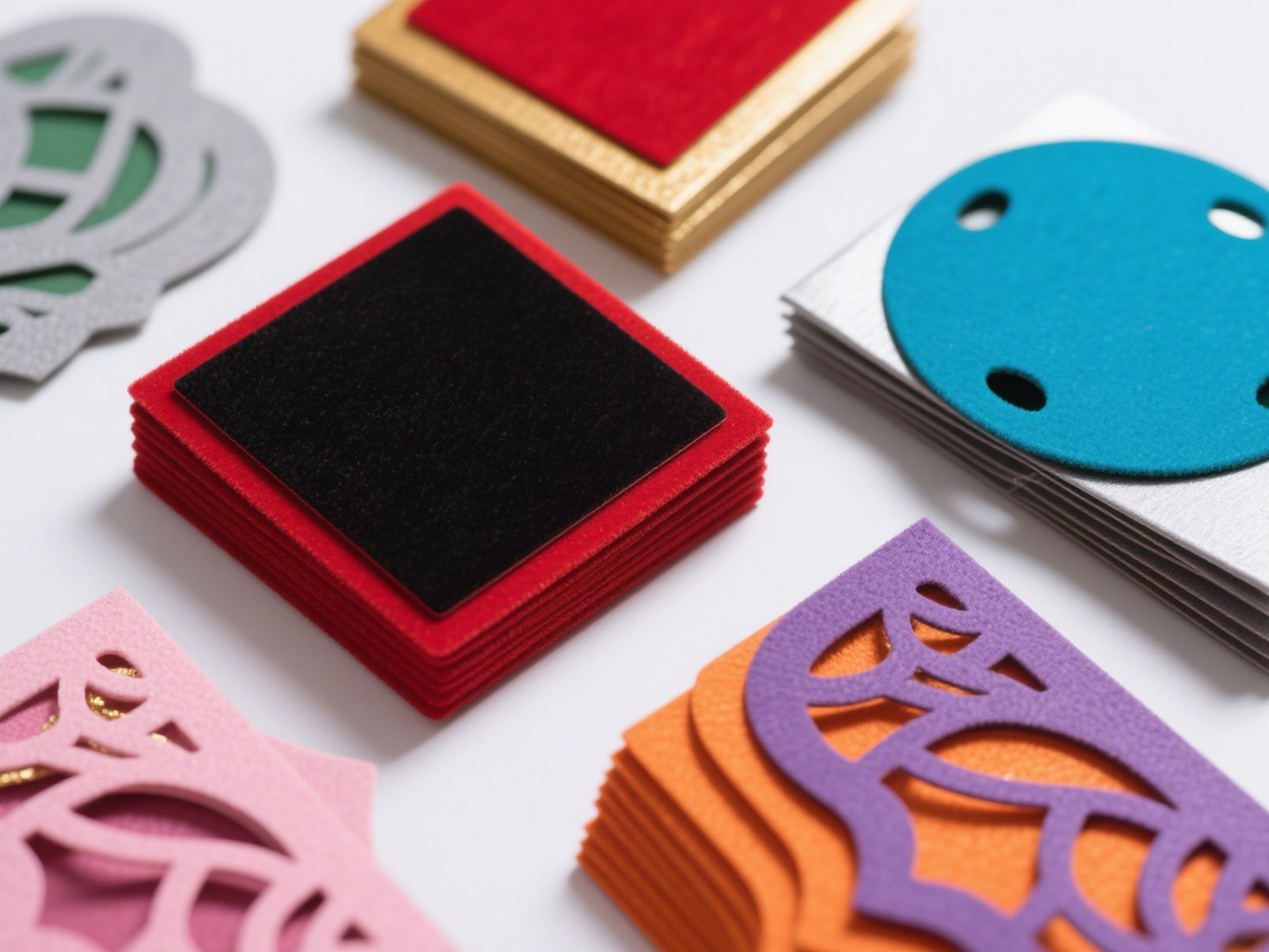Worm gears are a crucial component in various mechanical systems, known for their ability to provide high torque and compact design. However, one of the most frequently asked questions in the realm of mechanical engineering is: Do worm gears need lubrication? The answer is a resounding yes, and understanding the intricacies of lubrication in worm gears is essential for optimal performance and longevity. This article delves into the necessity of lubrication, the types of lubricants available, and best practices for maintaining worm gears.
Understanding Worm Gears
Worm gears consist of a worm (a screw-like component) and a worm wheel (a gear that meshes with the worm). This unique configuration allows for significant speed reduction and torque multiplication, making them ideal for applications ranging from conveyor systems to automotive transmissions. However, the design also leads to specific challenges, particularly concerning friction and wear.
The Importance of Lubrication
- Friction Reduction: The meshing of the worm and worm wheel generates considerable friction. Without proper lubrication, this friction can lead to excessive heat generation, which can damage the gear surfaces and reduce efficiency. Lubrication creates a film that separates the two surfaces, minimizing direct contact and thus reducing wear.
- Heat Dissipation: As mentioned, friction generates heat. Lubricants not only reduce friction but also help dissipate heat away from the contact surfaces. This is vital in maintaining the operational temperature within acceptable limits, preventing thermal degradation of both the lubricant and the gear materials.
- Corrosion Protection: Many worm gears operate in environments that expose them to moisture and contaminants. Quality lubricants often contain additives that provide a protective barrier against corrosion, extending the life of the gear components.
- Contaminant Removal: Lubrication systems can help flush out debris and contaminants that may accumulate in the gear housing. This is particularly important in applications where dust, dirt, or other particulates can compromise gear integrity.
Types of Lubricants for Worm Gears
When it comes to selecting the right lubricant for worm gears, several options are available:
- Oil-Based Lubricants: These are the most common choice for worm gears. They provide excellent lubrication properties and can be formulated with additives to enhance performance. Synthetic oils, in particular, offer superior thermal stability and resistance to oxidation.
- Grease: In applications where a more stable lubricant is required, grease can be an effective option. Grease is particularly beneficial in sealed systems where the lubricant is not frequently replenished. However, it is essential to choose a grease that can withstand the operating temperatures and loads typical of worm gear applications.
- Solid Lubricants: In some cases, solid lubricants such as graphite or molybdenum disulfide may be used, especially in extreme conditions where liquid lubricants may fail. These solid lubricants can provide a low-friction surface but may not be suitable for all applications.
Best Practices for Lubricating Worm Gears
- Regular Maintenance: Establish a routine maintenance schedule to check lubricant levels and condition. This includes monitoring for signs of contamination or degradation.
- Correct Lubricant Selection: Always refer to the manufacturer’s specifications when selecting a lubricant. Consider factors such as load, speed, temperature, and environmental conditions.
- Proper Application: Ensure that the lubricant is applied correctly. Over-lubrication can lead to excessive heat and foaming, while under-lubrication can result in increased wear and failure.
- Temperature Monitoring: Keep an eye on the operating temperature of the worm gear system. If temperatures exceed recommended levels, it may indicate insufficient lubrication or other mechanical issues.
- Contamination Control: Implement measures to prevent contaminants from entering the lubrication system. This may include using seals, filters, and proper housing designs.
Conclusion
In conclusion, lubrication is not just a recommendation but a necessity for the effective operation of worm gears. Proper lubrication minimizes friction, dissipates heat, protects against corrosion, and helps maintain the integrity of the gear system. By understanding the importance of lubrication and adhering to best practices, engineers and operators can significantly enhance the performance and lifespan of worm gear systems. Whether you are involved in design, maintenance, or operation, prioritizing lubrication will lead to more reliable and efficient machinery.


More Stories
Inside Dconntek’s Rectangular Connector Series: Built for Precision and Durability
The Impact of Temperature on Oscillator Performance and Stability
Choosing the Right Low-Voltage Three-Phase Motor: Key Specifications & Best Practices